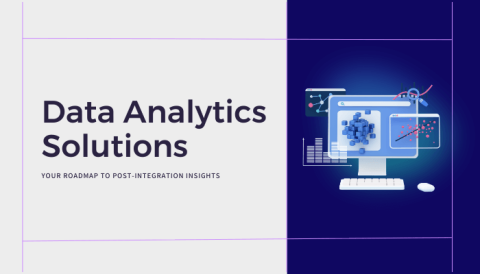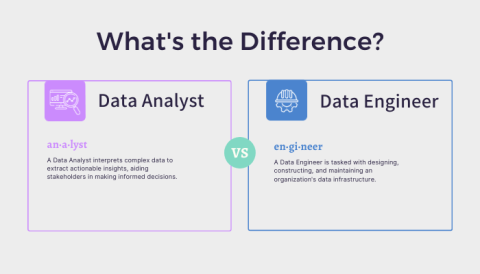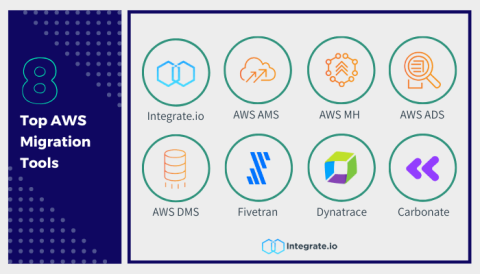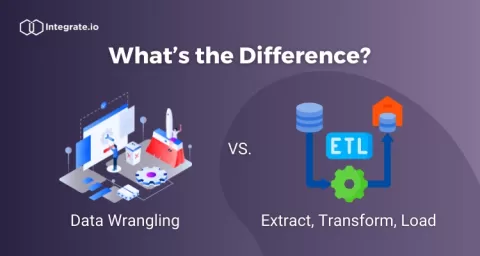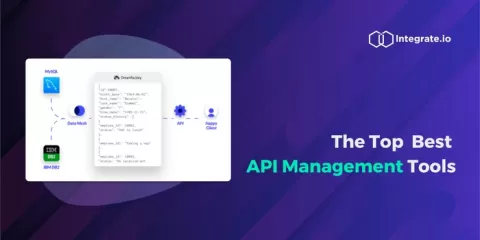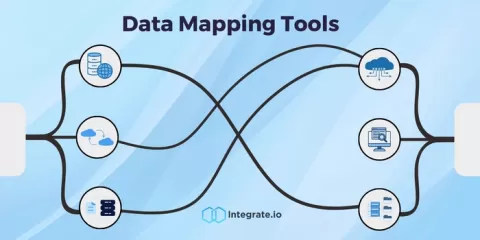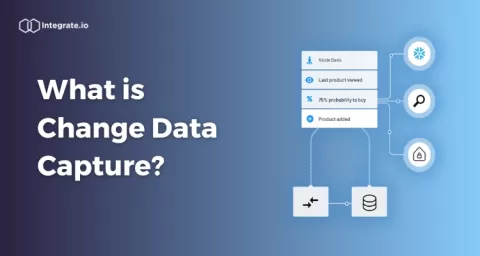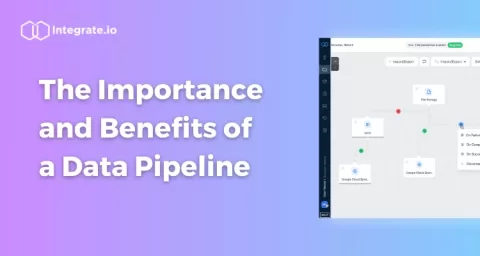Data Analytics Solutions: Your Roadmap to Post-Integration Insights
In a world inundated with data, the power to transform raw numbers into strategic insights is a competitive advantage every business seeks. From the healthcare frontline to the intricate web of supply chain logistics, the orchestration of data sets into actionable intelligence has become essential for modern business success. This journey from data integration to insightful decision-making is not just about harnessing technology.


